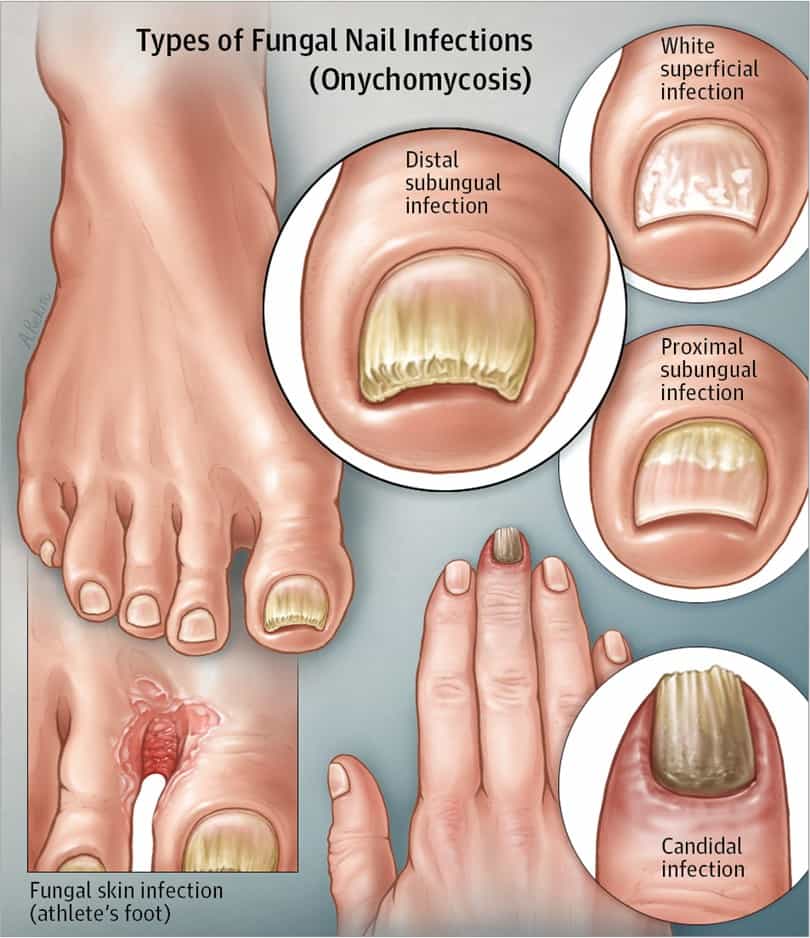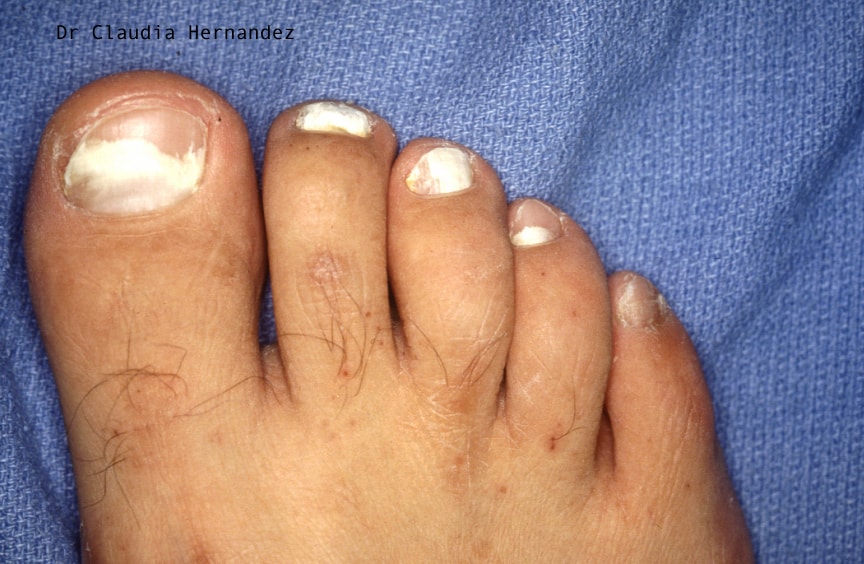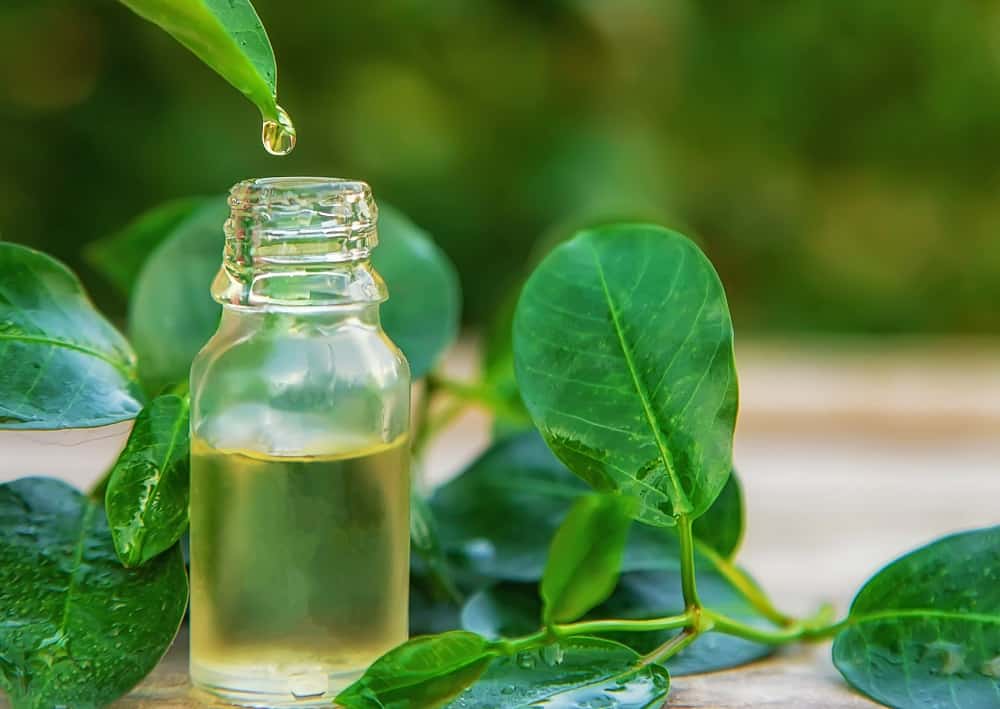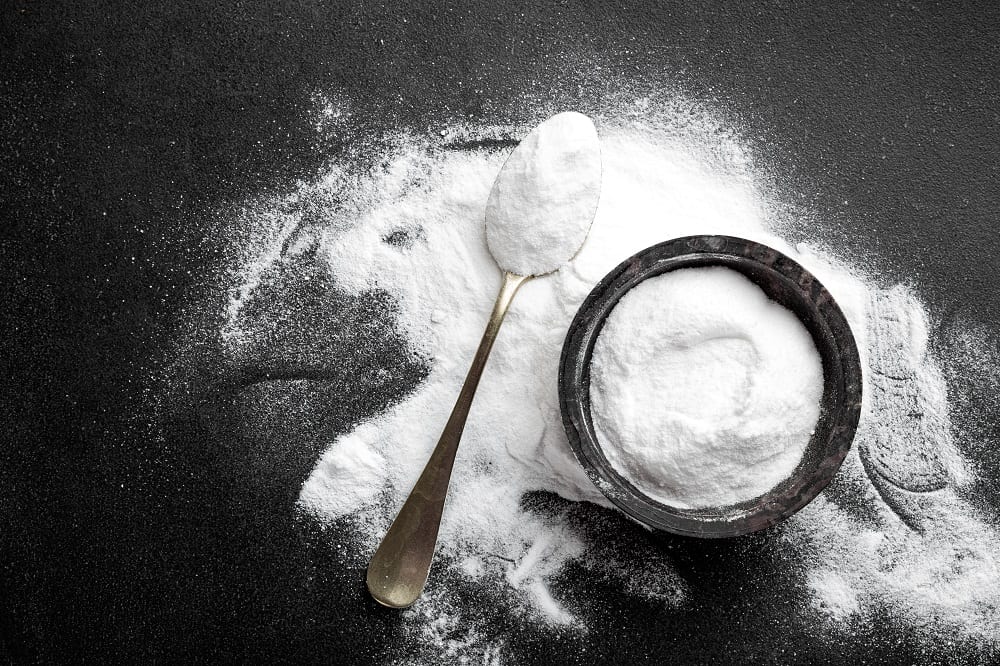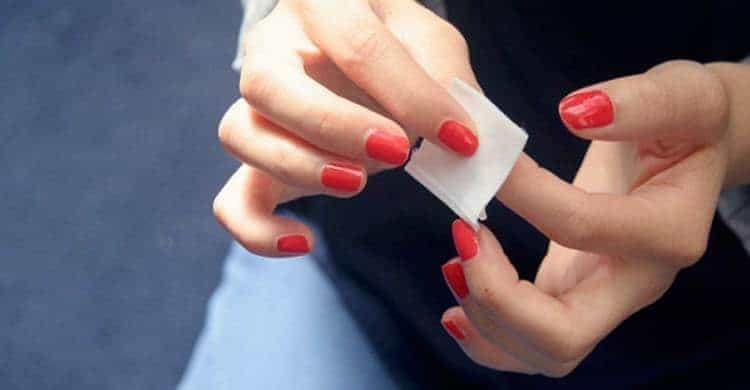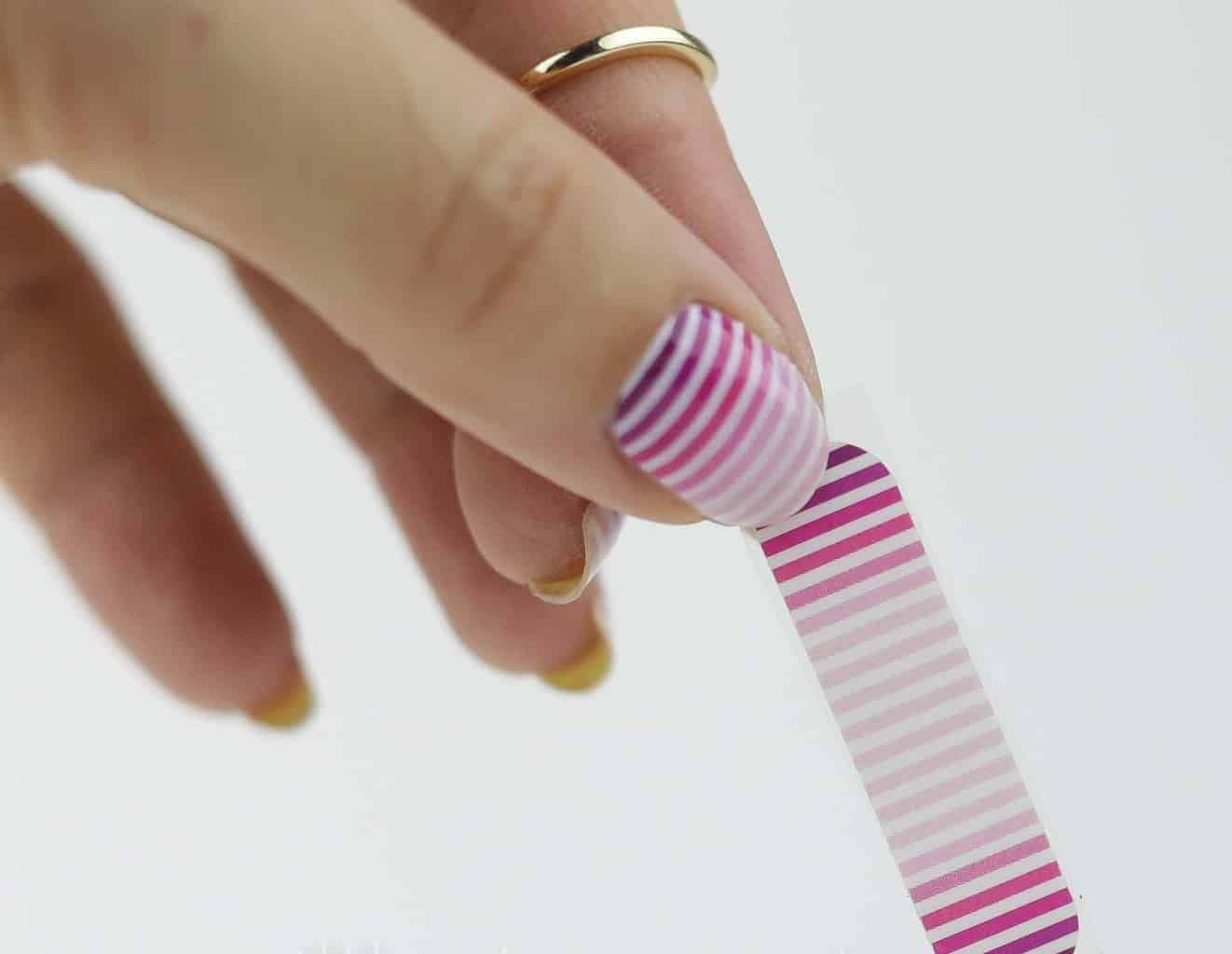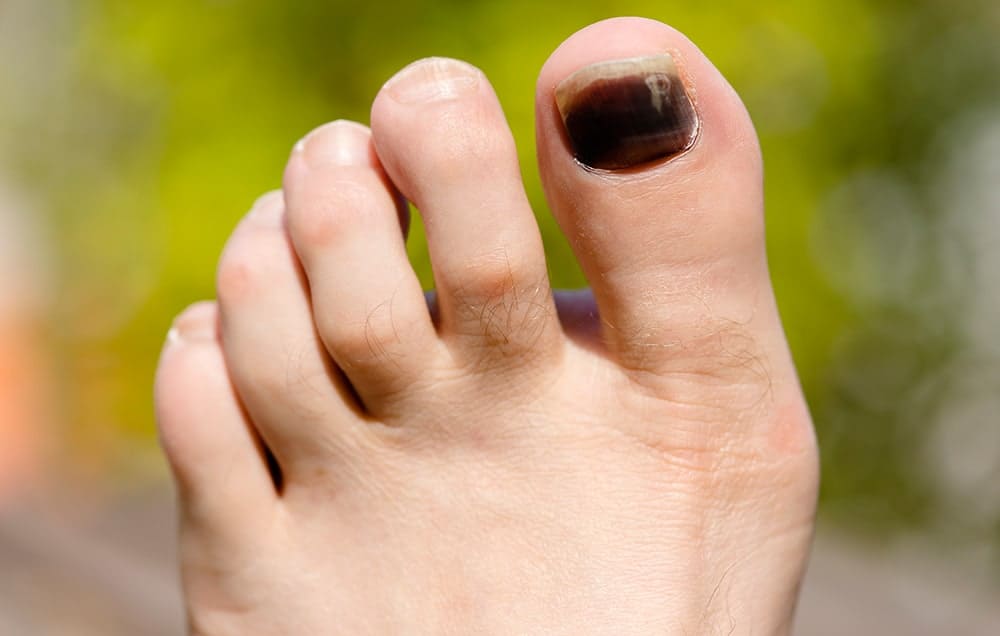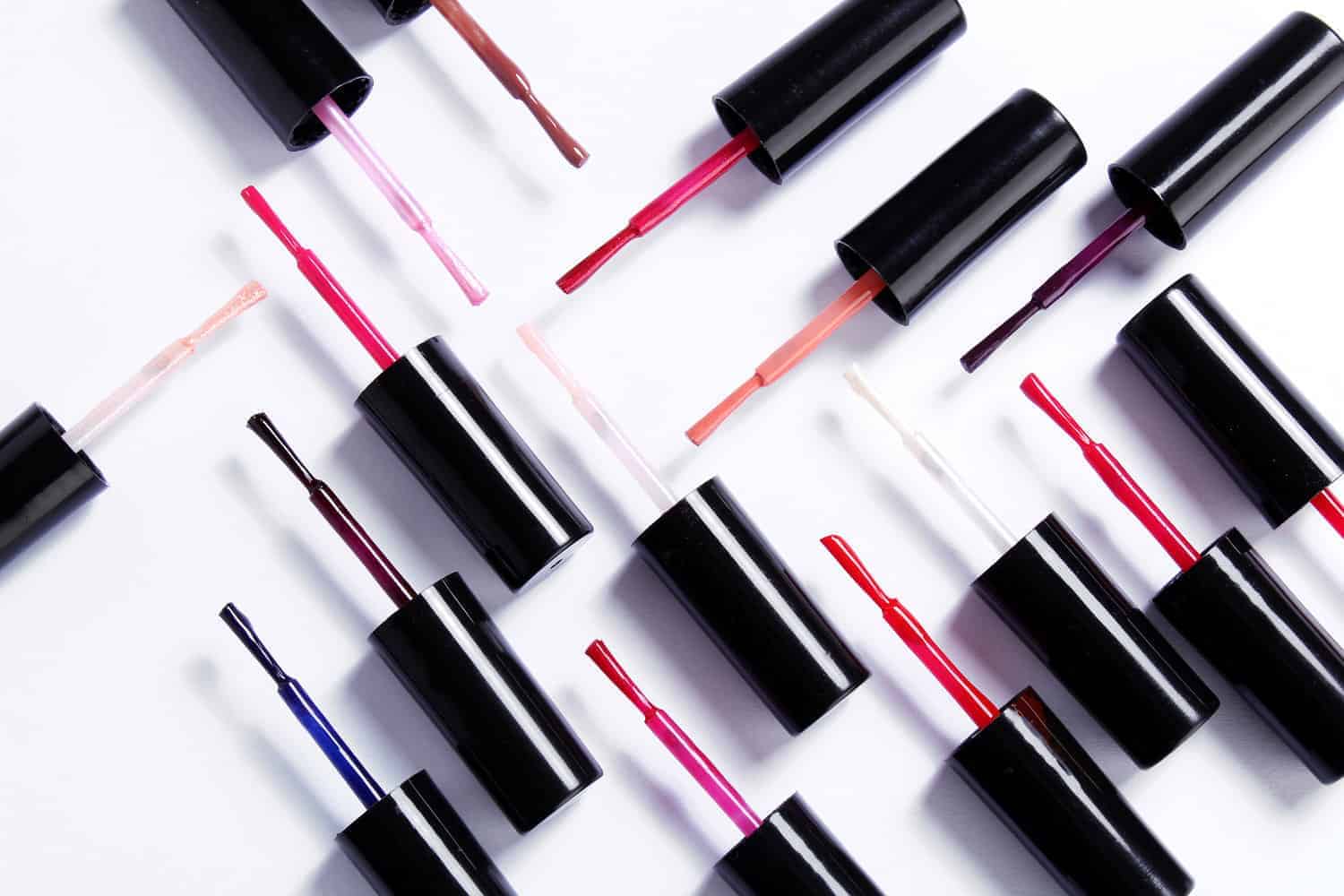White Superficial Onychomycosis: Types, Symptoms, Causes & Treatment
The term White Superficial Onychomycosis probably sounds foreign to everyone who has not gone to a doctor about this condition. This condition is more commonly known as toenail fungus, and it shows up as white-colored growths on and around your toenails.
What is White Superficial Onychomycosis?
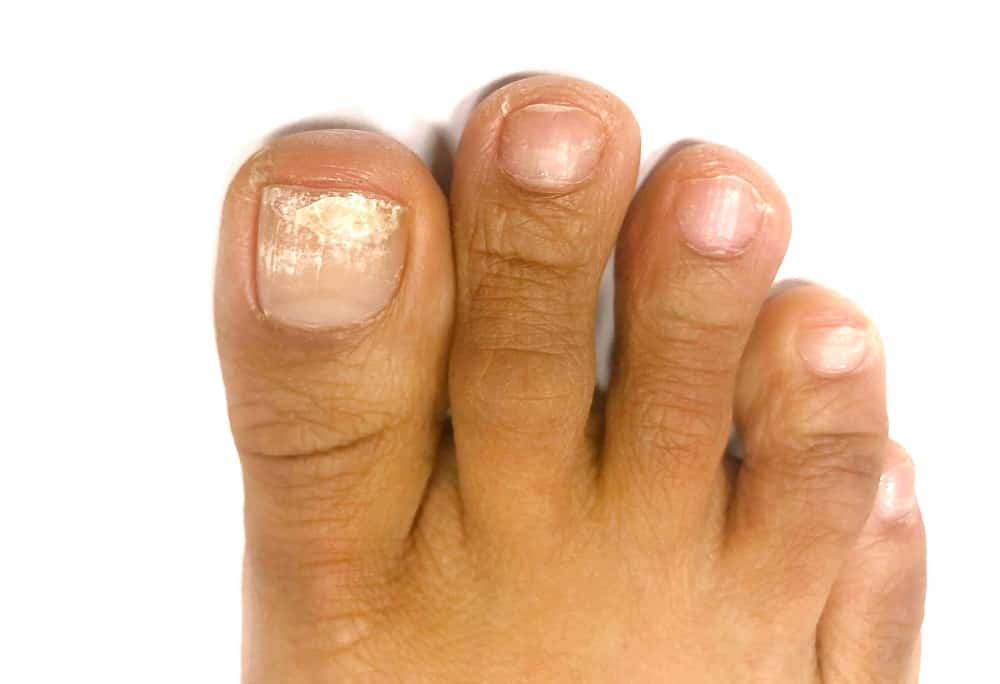
White superficial onychomycosis (WSO) is a fungal infection of the nail’s top layers. It is the most common type of onychomycosis, accounting for about half of all cases. The fungus that causes WSO is called Trichophyton mentagrophytes.
WSO typically affects the toenails, but it can also affect the fingernails. It is more common in women than men, and it often affects people with diabetes or a weakened immune system.
Classification of Onychomycosis
There are four types of toenail fungus infections.
- The first type is the distal subungual onychomycosis, which is characterized by thick, yellowing nails. This infection spreads from the tips of the nail towards your nail bed.
- The second type is known as proximal subungual onychomycosis, which is very similar to the first type. However, this infection spreads from your nail bed areas towards your toenail tips.
- Then, we have chronic mucocutaneous candidiasis, which is characterized by very thick nails caused by yeast infections.
- Last but not least, we have white superficial onychomycosis, which is the focus of our article today.
Learn the Causes & Remedies of Split Fingernails
Symptoms of White Superficial Onychomycosis
Not sure if you have this condition? Here are several symptoms that you might experience if you have this condition.
- You might feel some pain in your toes, and notice that your toenails are growing thicker.
- Since its a fungal infection, you can also expect some bad odor from your infected toenails.
- You might also see that your toenails are crumbling or turning weaker from the infection – at times to the point where some parts of your skin are separated from your toenail beds. While this might seem impossible, you could feel that your toenails are itchy as well!
Underlying Causes of Serious Onychomycosis Cases
Some causes of serious white superficial onychomycosis cases are:
- If you recently got injured on your toenails
- Use nail polish excessively
- If you have been taking drugs that cause toxic reactions – such as those for chemotherapies, the toxins contained within your body can cause your toenails to turn white temporarily. We say temporarily because your toenails will regrow in a much healthier state after your body has been cleared of toxins.
- If your toenails turn red or have dark tips, however, you shouldn’t confuse your condition with white superficial onychomycosis. This redness is usually caused by some underlying health issues which could be equally if not more worrying, such as liver cirrhosis, kidney, liver or heart failure, or hyperthyroidism among other health-related issues. You can refer to this condition as Terry’s Toenails.
Is White Superficial Onychomycosis Contagious?
While white superficial onychomycosis is not considered contagious, it can be challenging to prevent the spread of the infection. The fungus that causes the condition can live on surfaces for long periods of time and can transfer to other people or animals through direct contact.
If you have white superficial onychomycosis, it is essential to take measures to prevent the spread of the infection. These measures include keeping your nails clean and dry, avoiding contact with infected people or animals, and not sharing personal items such as towels or nail clippers.
How to Deal with White Superficial Onychomycosis
Most of us do not care enough about our toenails‘ health or how they appear since our toes are safely covered in our shoes or sandals throughout our days. However, if you fail to catch the early signs of White Superficial Onychomycosis’s condition, the fungus could spread and take over our entire nails, giving them a thick, white appearance. In this article, we will discuss what toenail fungus is all about.
Diagnosis of White Superficial Onychomycosis
If you notice some white growths on your nails, the doctor might need to diagnose your conditions with one of the following methods.
- The first method includes clipping off a small piece of your white toenails and sending it for testing in the lab. In the laboratory, your nail samples will be processed to test for the kind of microorganisms living on it.
- Alternatively, your doctor might place the clipped nail sample into a container. After leaving it for several days, any new fungal growths on your nail sample can be studied and identified under the microscope. This can be done by studying the spores of the fungus.
Treatments to Consider
Fungal infections never go away easily. You may go through some prescribed treatments:
- Your doctor may prescribe you some topical medications such as Fungoid Tincture. Since fungal infections usually infect the deeper portions of your nails, these medications rarely work as well as you hope for since the chemicals could hardly penetrate into your nails.
- You might be suggested to remove the affected portions of your nails so that the infection stops spreading. This also allows medications to penetrate your toes better.
- Alternatively, you could be prescribed some oral medications such as Lamisil and Sporanox.
10 Most Common Nail Diseases And Disorders
Home Remedies for White Superficial Onychomycosis
This condition can be handled using some natural ingredients at home. These are some of the home remedies:
Tea Tree Oil
We also refer to tea tree oil as melaleuca, an essential oil with antifungal and antiseptic credentials. Applying it topically can help treat the nail fungus and improve the condition of the infected nails.
Olive Leaf Extract
Oleuropein is extracted from olive leaves, which contains antifungal and antibacterial properties; hence it is effective in curing toenail fungus.
Garlic
Garlic extract has antifungal components that may also help treat the toenail fungus. It is recommended for one to use garlic alongside common antifungals for effective treatment.
Baking Soda
Ingredients of baking soda can also be a good remedy for fungus infection. It may not kill the fungi but can help prevent them from growing.
Caution
In addition to using these natural components, there are some does and don’ts that you can follow to keep the infection from affecting you. Below is what to do and what to stay away from this toenail fungus.
Do’s
- Keep proper feet hygiene and ensure you wipe them any time they are wet.
- Wear flip-flops at the gym to soak the sweat.
- Treat the athlete’s foot as soon as possible to prevent it from spreading to the nails.
Don’ts
- Avoid warm shoes, and that can make you sweat.
- Do not share a towel, shoes, and nail clippers.
FAQs
Can you get white superficial onychomycosis from nail polish?
Nail polish may cause white superficial onychomycosis if left too long. The polish provides warmth and cover for the fungus, causing the infection. Make sure you don’t leave nail polish on for too long; the risk can be avoided.
Is white superficial onychomycosis a medical or cosmetic condition?
White superficial onychomycosis counts as a cosmetic condition.
How long does superficial white onychomycosis take to heal?
You may not know the specific time that toenail fungus can take to heal. It depends on the treatment you are using, but it takes approximately 6-12 months.
In any case, it is best if you can visit the doctor to rule out any other worrying conditions if you start experiencing the symptoms listed above or if you are worried about the sudden white growths in general.
